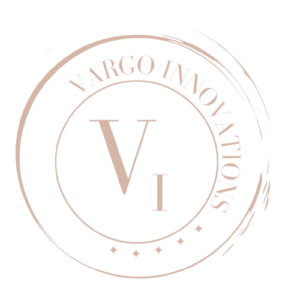Our Process
Business Improvement Strategy
Our processes are built on Lean principles of continuous improvement and respect for all people! We offer flexible solutions and are adaptable, virtual or inperson coaching and training. We focus on meeting your business needs. We offer process evaluation, optimization, improved efficiencies, and deliver on key business metrics
Our customer
Do you seek to improve your operations by implementing Lean principles and methodologies?
Are you a business owner, executive, or manager who recognizes the need to streamline processes, reduce waste, increase efficiency, and improve quality to remain competitive in the market?
Are you facing challenges such as low productivity, high lead times, high costs, quality issues, or low customer satisfaction?
See how a Lean consultant can help you address these issues.
We can provide tailored solutions to your specific needs and circumstances.
We will work collaboratively with you and your teams to identify and implement improvements
We can provide ongoing support and coaching to ensure the sustainability of improvements.
We want to be your trusted partner to help you achieve your goals, empower your teams, and drive continuous improvement in your organization.
Our proven method helps to identify inefficiencies and waste in a process, develop solutions to address them and ensure ongoing improvement and sustainability of the solution over time. This iterative process that involves continuous monitoring and optimization to ensure that the solution continues to add value to the customer and the organization. By working with a Lean Consultant, you will achieve results faster and build a culture that delivers ongoing value to your customer and your business.
1. Define the problem:
The first step is to clearly define the problem that needs to be solved. This could be a process that is inefficient, a product that is not meeting customer needs, or a system that is causing errors. Next, it’s essential to gather data and information to understand the root cause of the problem.
2. Map the process:
Once the problem is defined, the next step is to map the process. This involves creating a visual representation of the current process, including all the steps and activities that are involved. This helps to identify waste, bottlenecks, and areas for improvement.
3. Identify waste:
After mapping the process, the next step is to identify waste. This includes anything that doesn’t add value to the customer, such as overproduction, waiting, defects, excess inventory, overprocessing, unnecessary motion, and unused talent. Again, it’s important to categorize the waste and prioritize which ones to address first.
4. Develop solutions:
The next step is to develop solutions based on the identified waste. This could involve implementing a new process, redesigning a product, or improving a system. Again, involving all stakeholders in the solution development process is vital to ensure buy-in and alignment.
5. Test and validate:
Before implementing any solution, it’s important to test and validate it. This could involve running a pilot or simulation to ensure the solution is effective and sustainable. It’s important to measure the results and compare them to the original problem to ensure that the solution is achieving the desired outcomes.
6. Implement and monitor:
Once the solution has been tested and validated, it’s time to implement it. Establishing a system of ongoing monitoring and improvement ensures that the solution remains effective, addresses any issues that arise, and is sustainable over time.
7. Standardize and optimize:
Finally, it’s important to standardize and optimize the solution. This involves documenting the new process, product, or system and ensuring it becomes the new standard. Using tools and templates to continue optimizing the solution through ongoing monitoring to ensure the improvements continue to add value to the customer and the organization.
